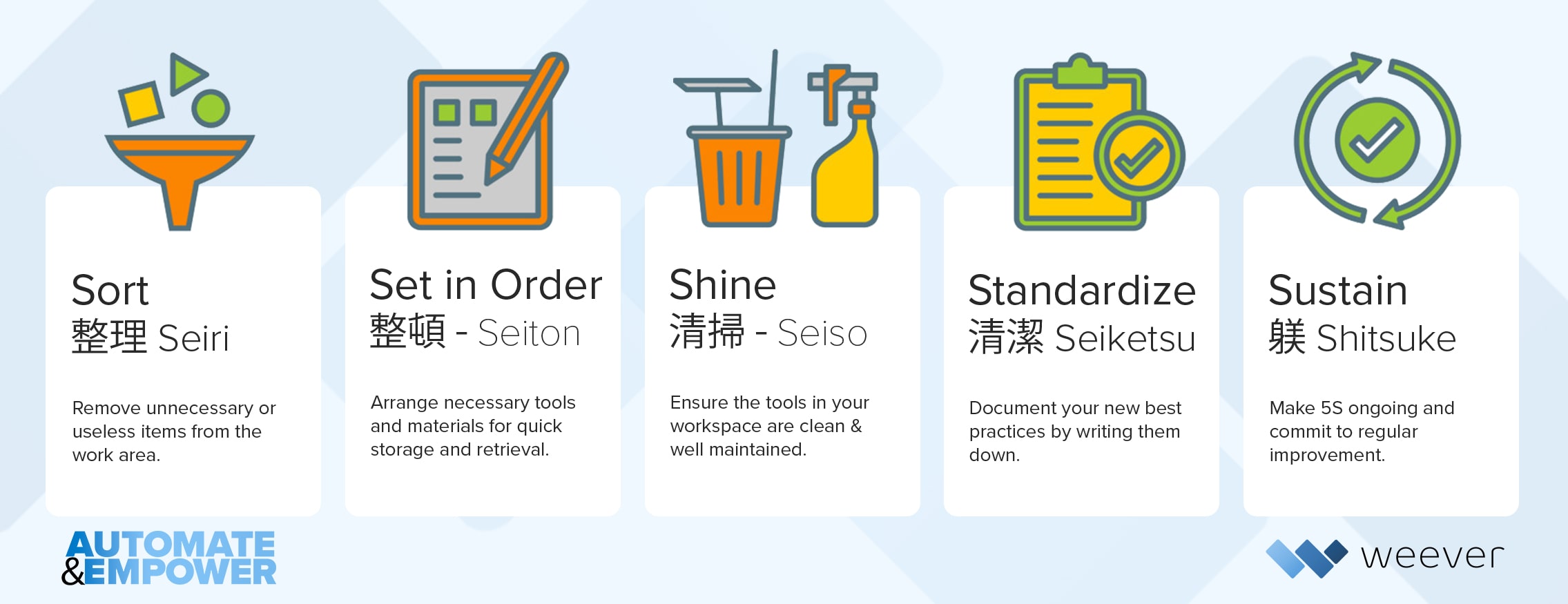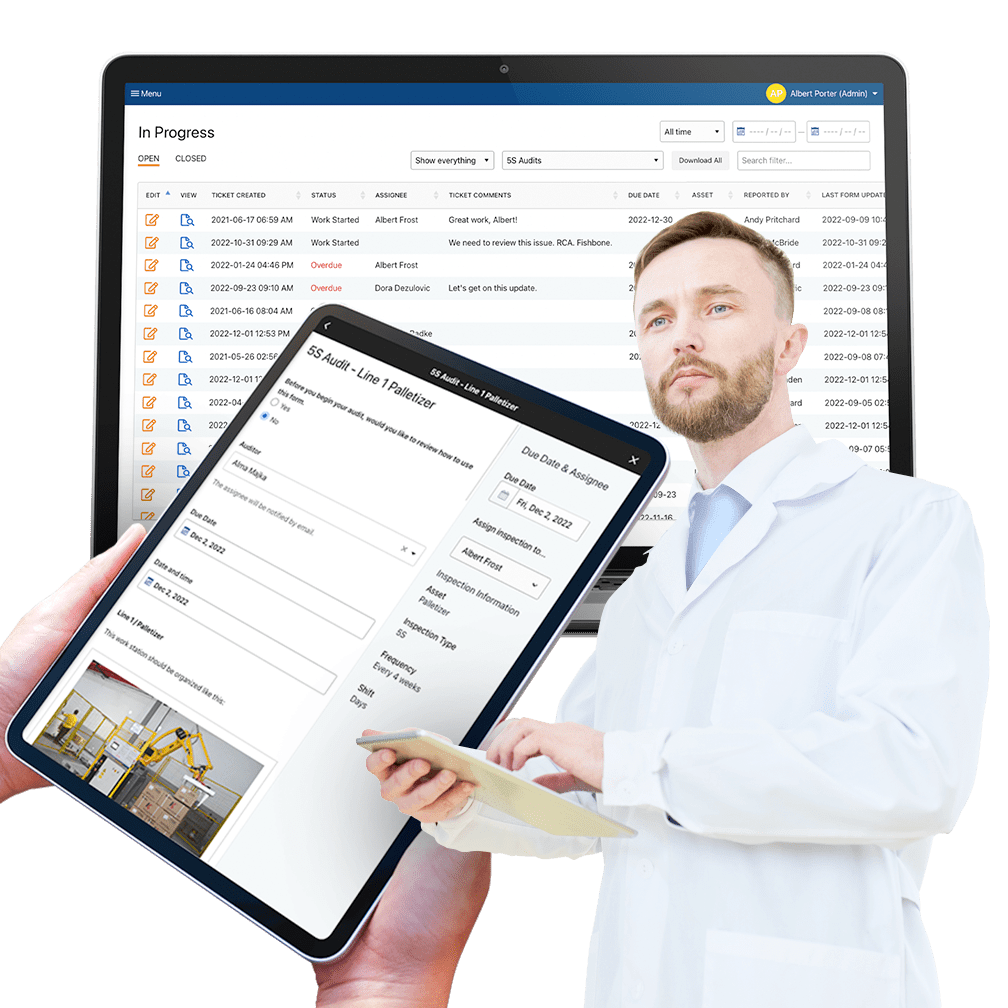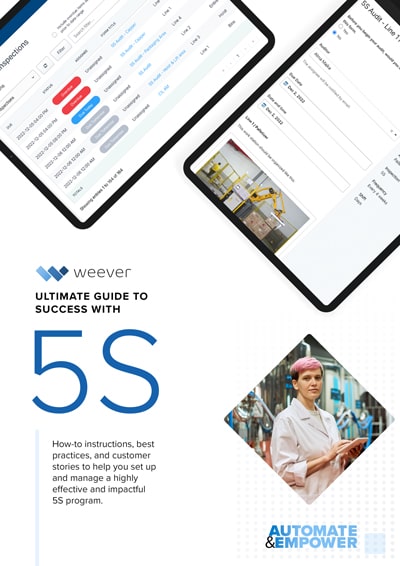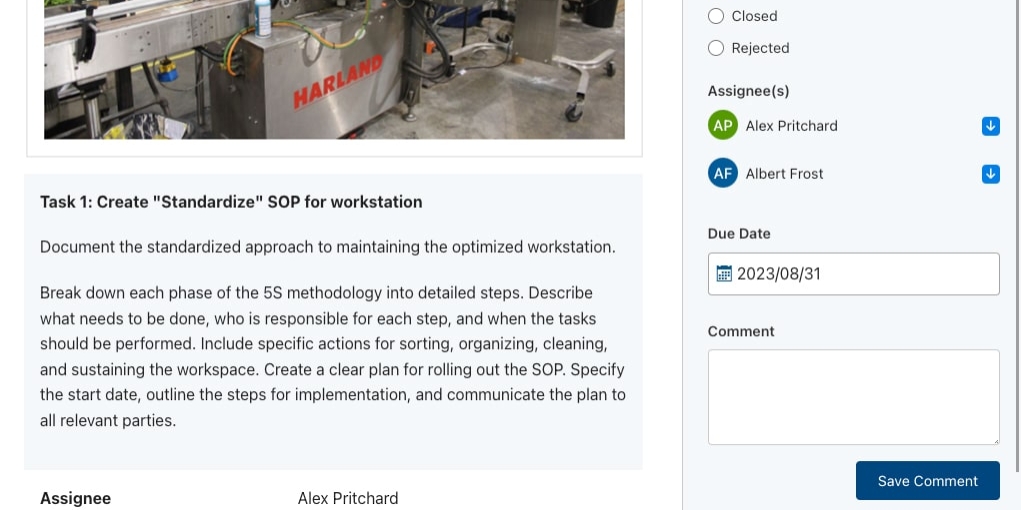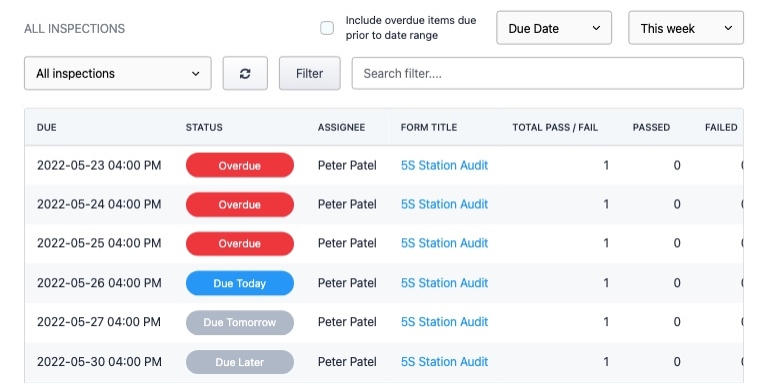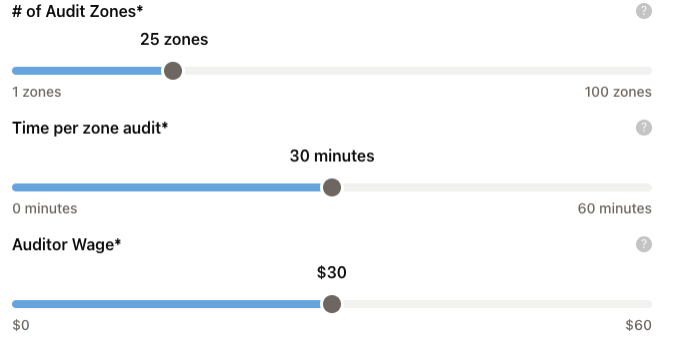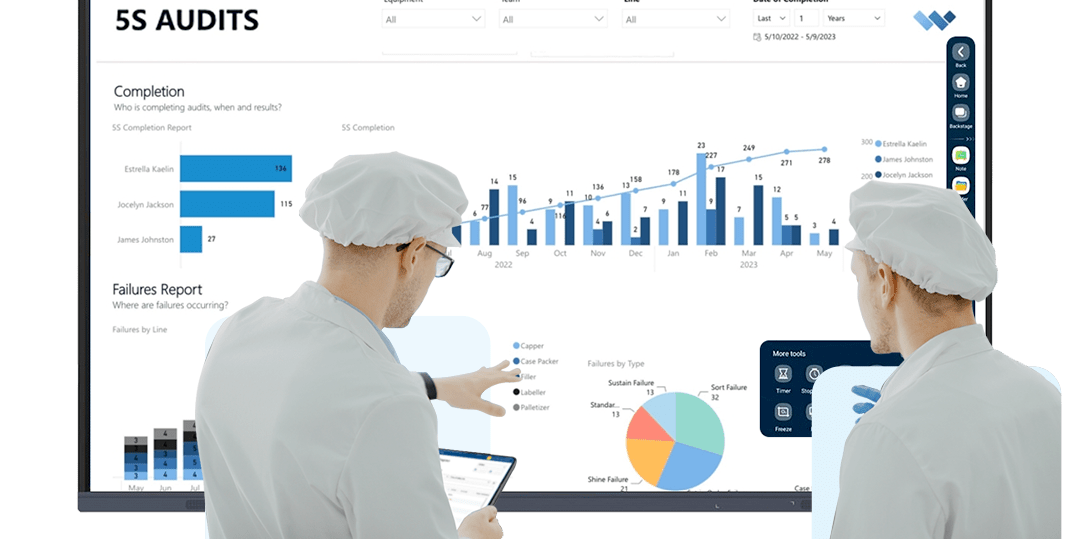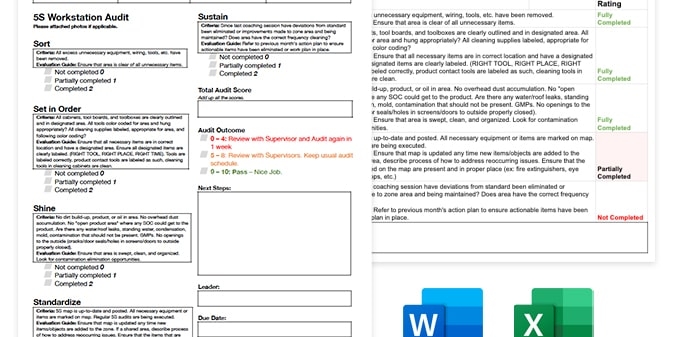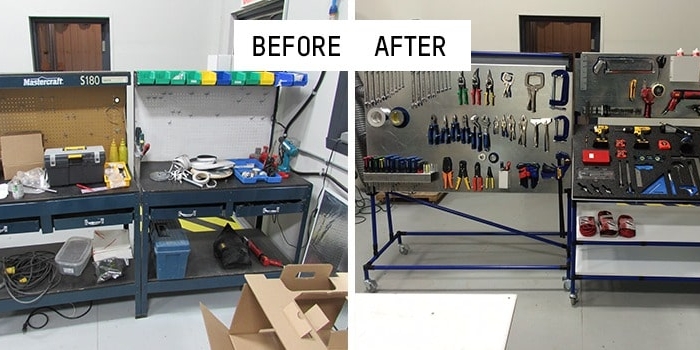How to Build a 5S Implementation Roadmap
Crafting a Strategic Roadmap for Implementing 5S in Manufacturing
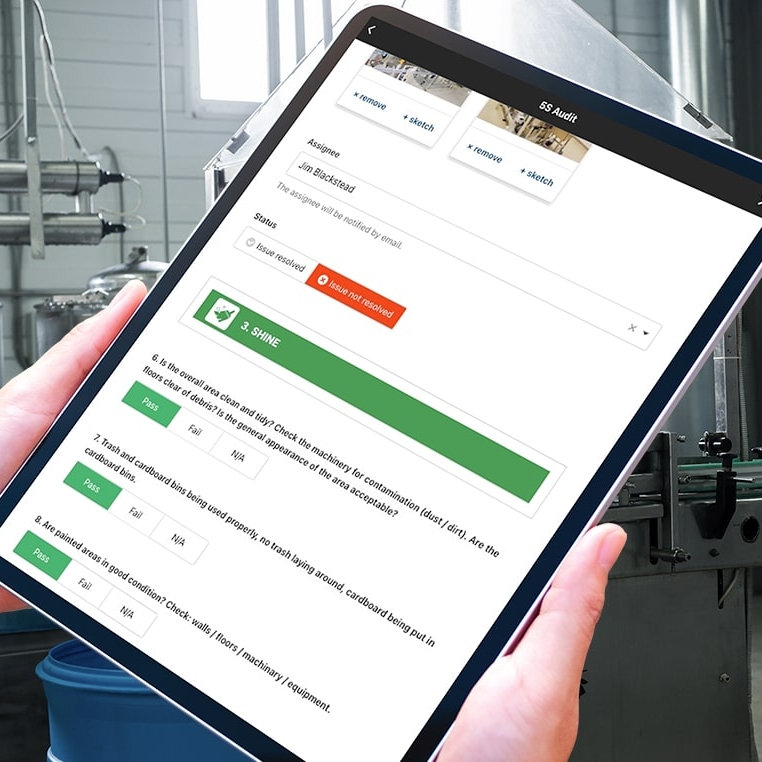
5S Overview
5S Planning
5S Implementation
5S Auditing
5S Audit Digitization
FREE RESOURCEs
For manufacturing organizations eyeing an efficiency overhaul, implementing the 5S methodology stands as a transformative strategy. Crafting an implementation plan or roadmap is pivotal to ensure a smooth transition and successful adoption of 5S principles. Let's delve into a step-by-step guide on constructing an effective implementation plan that aligns with strategic goals and drives organizational excellence.
Interested in learning more about Weever?
Steps-by-Step Guide to Writing your 5S Implementation Roadmap
Building an implementation plan for 5S adoption in manufacturing isn't merely a roadmap; it's a strategic blueprint for organizational transformation.
By defining phases, setting objectives, allocating resources, anticipating challenges, and adopting best practices, organizations chart a path towards enhanced efficiency, safety, and sustained excellence through the power of the 5S methodology.
1. Define Phases, Objectives and Activities
Start by delineating clear phases, mirroring the fundamental principles of 5S: Sort, Set in Order, Shine, Standardize, and Sustain.
Each phase should encompass specific objectives aligned with overarching organizational goals, emphasizing productivity, safety, and cost-efficiency.
Detail the activities and tasks required for each phase. Establish timelines for these tasks, ensuring clarity and specificity. Activities may include workspace assessments, training sessions, setting up visual management tools, establishing cleaning schedules, and conducting regular audits.
You might consider the 3 phase approach outlined here ⇒
An example of the roadmap could look like:
Phase 1: Planning
Objectives:
- Develop Roadmap: Outline a detailed plan including timelines, objectives, and resource allocation for the 5S implementation.
- Training Programs: Develop comprehensive training sessions to educate staff on 5S principles and their significance in enhancing productivity, safety, and cost-effectiveness.
Timeline: 2-4 weeks
Phase 2: Optimization (The "Blitz")
Objectives:
- Sort: Evaluate and declutter workspaces, identifying and removing unnecessary items.
- Set in Order: Establish designated places for necessary items, optimizing workflow.
- Shine: Implement cleaning schedules and maintenance routines for enhanced safety and cleanliness.
Timeline: 2 months
Phase 3: Normalization
Objectives:
- Standardization: Develop standardized procedures and visual management tools to maintain the improvements achieved during the Blitz phase.
- Sustain: Establish systems for regular audits, continuous improvement, and employee engagement to sustain the 5S practices.
Timeline: Ongoing, integrated into daily operations
2. Resource Estimation and Allocation
Estimate the resources—time, personnel, and budget—needed for successful execution. Consider factors like scope, workforce involvement, training needs, and material/equipment costs. Allocate resources judiciously to ensure a balanced approach.
Personnel: Identify team members or champions responsible for leading and coordinating the 5S implementation. Consider assigning roles such as project manager, team leaders, and frontline staff involved in the process.
Training Programs: Develop training materials and sessions on 5S principles. Allocate resources for educating employees at all levels to ensure understanding and successful implementation.
Budget: Allocate funds for various aspects, including training, necessary equipment, materials for organizing workspaces, signage, and potential consulting or external support.
Time Allocation: Define a timeline for the implementation plan, including milestones, deadlines, and phased rollouts for different 5S stages.
Equipment and Materials: Identify and procure necessary equipment, storage solutions, labels, cleaning supplies, and visual management tools required for organizing workspaces and sustaining 5S practices.
3. Identify Potential Issues and Mitigation Strategies
Anticipate potential challenges such as resistance to change or resource constraints. Propose proactive strategies to mitigate these challenges effectively. Develop contingency plans to address issues promptly, fostering adaptability and resilience.
| Potential Issues | Mitigation Strategies |
|---|---|
| Resistance to Change: Employees may resist adopting new practices due to unfamiliarity or fear of change. | Engage employees early on, communicating the benefits of 5S and involving them in decision-making. Provide forums for open discussion and address concerns transparently. |
| Resource Constraints: Limited availability of budget, time, or manpower can hinder the implementation process. | Prioritize resource allocation, ensuring adequate budget, time, and personnel. Develop a phased approach if resources are limited, focusing on high-impact areas initially. |
| Lack of Leadership Support: Inadequate buy-in or support from management may impede progress. | Secure visible support and involvement from leadership. Showcase the benefits and impact of 5S to garner management buy-in and commitment. |
| Inadequate Training: Insufficient training and education on 5S principles might result in ineffective implementation. | Develop comprehensive training sessions on 5S principles for all employees. Offer continuous education to ensure understanding and implementation consistency. |
| Sustainability Challenges: Difficulty in maintaining the momentum and adherence to 5S principles in the long term. | Establish systems to sustain 5S practices. Implement recognition programs, conduct regular audits, and provide ongoing support to maintain momentum and motivation. |
Read our Ultimate Guide for 5S Auditing
Best Practices: Navigating the Implementation Journey
Follow these best practices to ensure an efficient and successful planning process:
Engage Stakeholders
Involve stakeholders from the outset, ensuring alignment with organizational goals. Maintain transparent and consistent communication channels to garner support and manage expectations throughout the implementation process.
Foster a Culture of Ownership
Encourage employee involvement and ownership in the 5S journey. Cultivate a culture that values continuous improvement, empowering staff to contribute ideas and innovations.
Regular Evaluation and Adaptation
Periodically assess progress against set objectives. Adapt the plan as needed, embracing flexibility to address emerging challenges or opportunities effectively.
Continue Learning about 5S
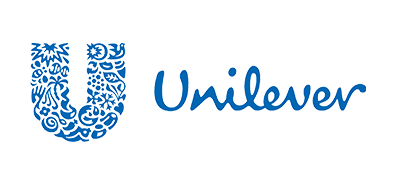

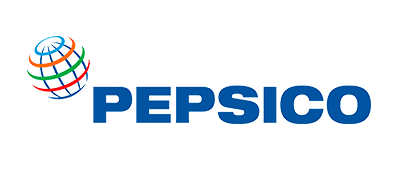

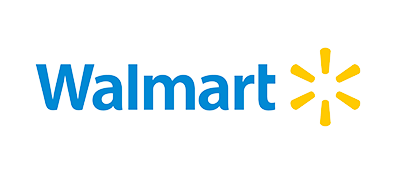
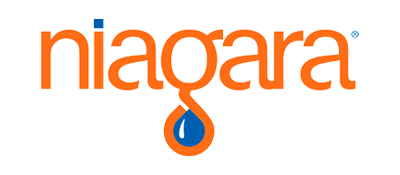
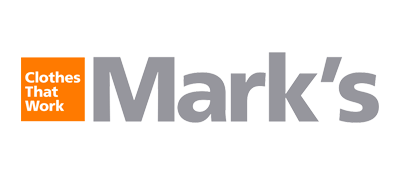
Marks

Diageo

Niagara Bottling

Walmart

PepsiCo logo

McDonald's

Unilever
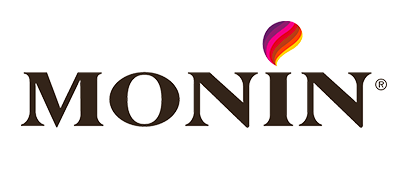
Monin

Hello Fresh
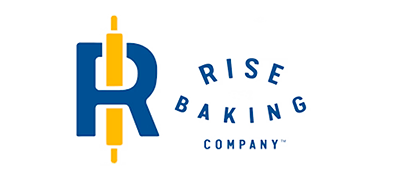
Rise Baking
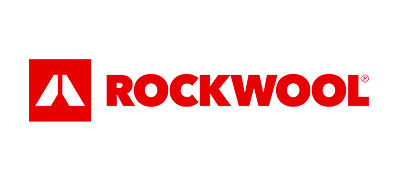
Rockwool
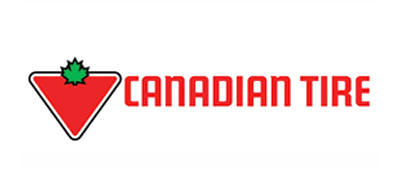
Canadian Tire

SportChek
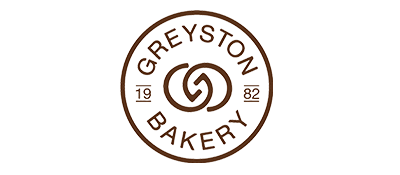
Greyston Bakery
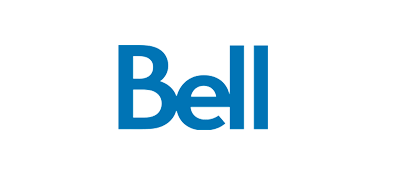
Bell
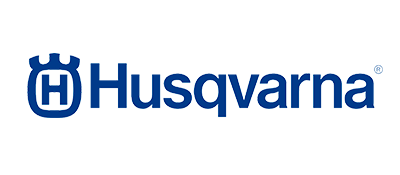
Husqvarna
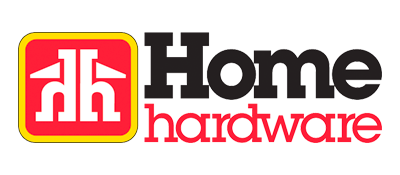
Home Hardware
